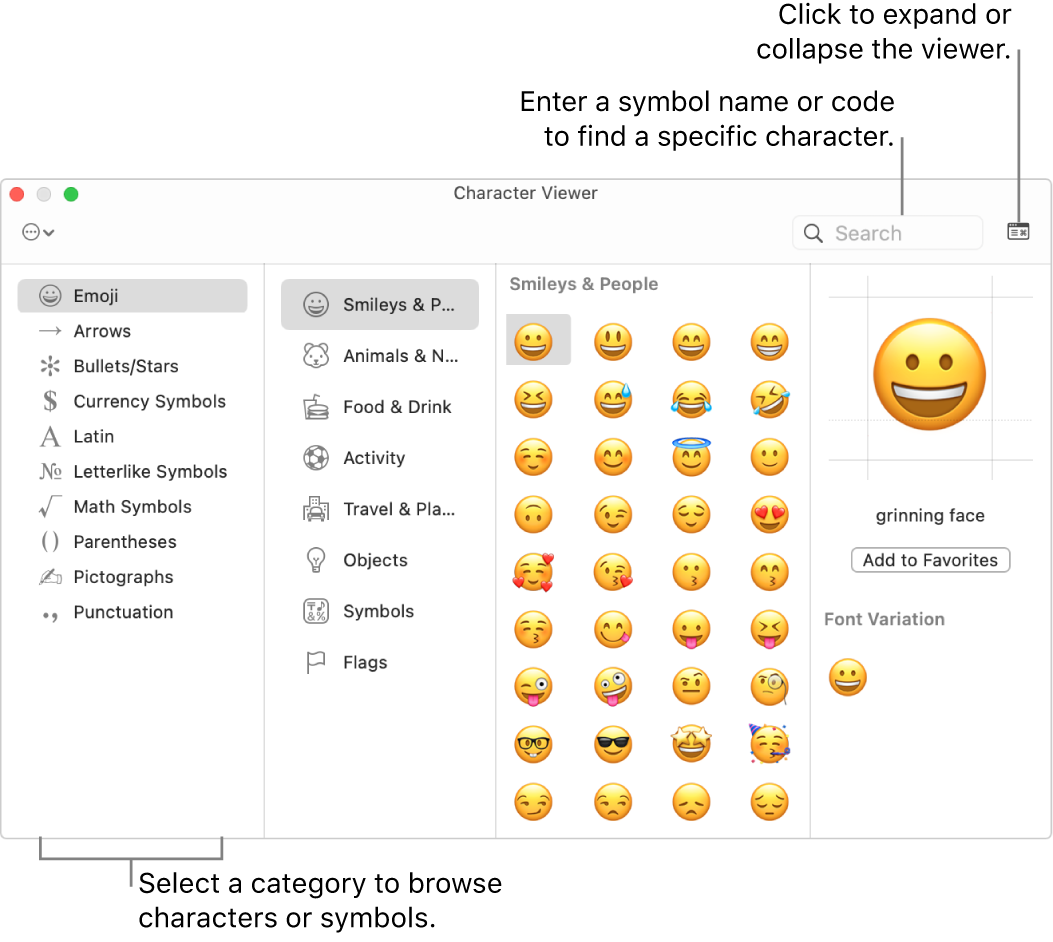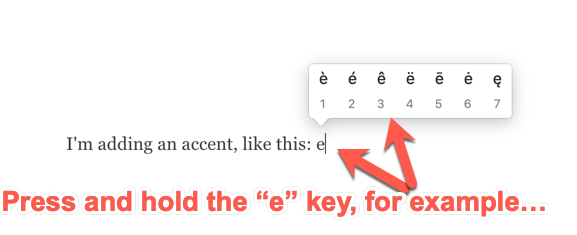

It was not until the 2nd century AD that accents and breathings appeared sporadically in papyri. The rough and smooth breathings were introduced in classical times in order to represent the presence or absence of an /h/ in Attic Greek, which had adopted a form of the alphabet in which the letter Η ( eta) was no longer available for this purpose as it was used to represent the long vowel /ɛː/.ĭuring the Hellenistic period (3rd century BC), Aristophanes of Byzantium introduced the breathings-marks of aspiration (the aspiration however being already noted on certain inscriptions, not by means of diacritics but by regular letters or modified letters)-and the accents, of which the use started to spread, to become standard in the Middle Ages.

Īn example of polytonic text with ekphonetic neumes in red ink from a Byzantine manuscript, of 1020 AD, displaying the beginning of the Gospel of Luke (1:3–6) A tonos and a diaeresis can be combined on a single vowel to indicate a stressed vowel after a hiatus, as in the verb ταΐζω ( /taˈizo/, "to feed").Īlthough it is not a diacritic, the hypodiastole ( comma) has in a similar way the function of a sound-changing diacritic in a handful of Greek words, principally distinguishing ό,τι ( ó,ti, "whatever") from ότι ( óti, "that"). It retains two diacritics: a single accent or tonos ( ΄) that indicates stress, and the diaeresis ( ¨), which usually indicates a hiatus but occasionally indicates a diphthong: compare modern Greek παϊδάκια ( /paiðaca/, "lamb chops"), with a diphthong, and παιδάκια ( /peˈðaca/, "little children") with a simple vowel. Monotonic orthography (from mónos ( μόνος) "single" and tónos ( τόνος) "accent") is the standard system for Modern Greek. Since in Modern Greek the pitch accent has been replaced by a dynamic accent (stress), and /h/ was lost, most polytonic diacritics have no phonetic significance, and merely reveal the underlying Ancient Greek etymology. The rough breathing ( ῾) indicates the presence of the /h/ sound before a letter, while the smooth breathing ( ᾿) indicates the absence of /h/. The acute accent ( ´), the circumflex ( ˜), and the grave accent ( `) indicate different kinds of pitch accent. Polytonic orthography (from polýs ( πολύς) "much, many" and tónos ( τόνος) "accent") is the standard system for Ancient Greek and Medieval Greek. The simpler monotonic orthography ( μονοτονικό σύστημα γραφής, monotonikó sýstīma grafīs), introduced in 1982, corresponds to Modern Greek phonology, and requires only two diacritics. The more complex polytonic orthography ( Greek: πολυτονικό σύστημα γραφής, romanized: polytonikó sýstīma grafīs), which includes five diacritics, notates Ancient Greek phonology. Greek orthography has used a variety of diacritics starting in the Hellenistic period.


 0 kommentar(er)
0 kommentar(er)
